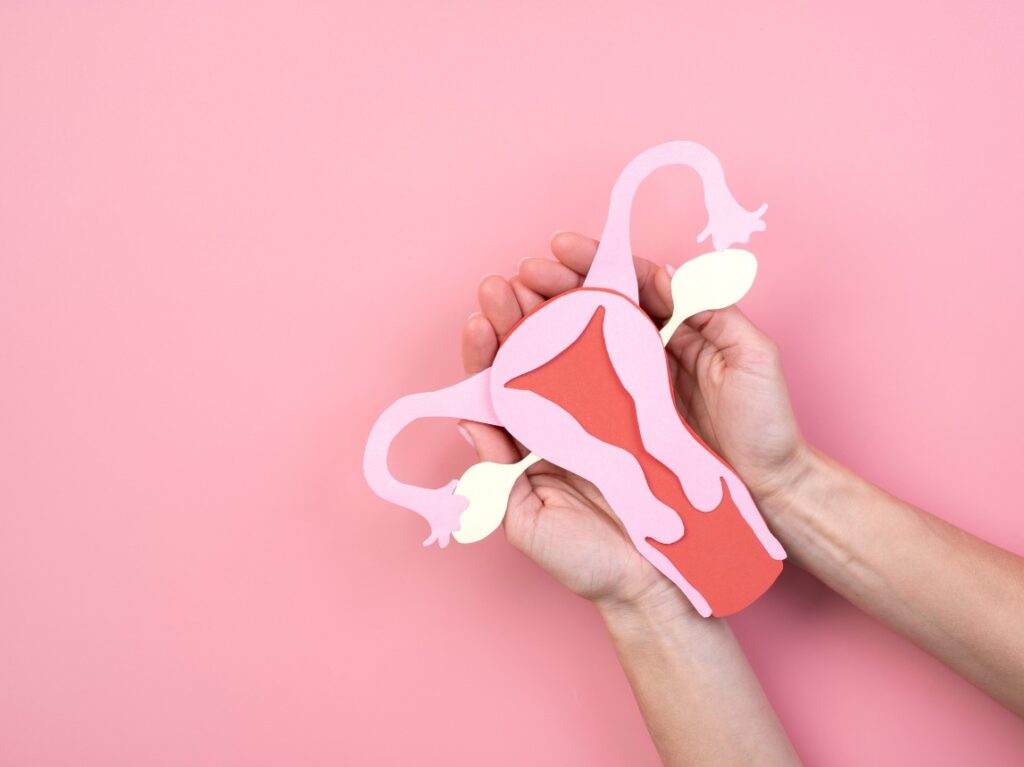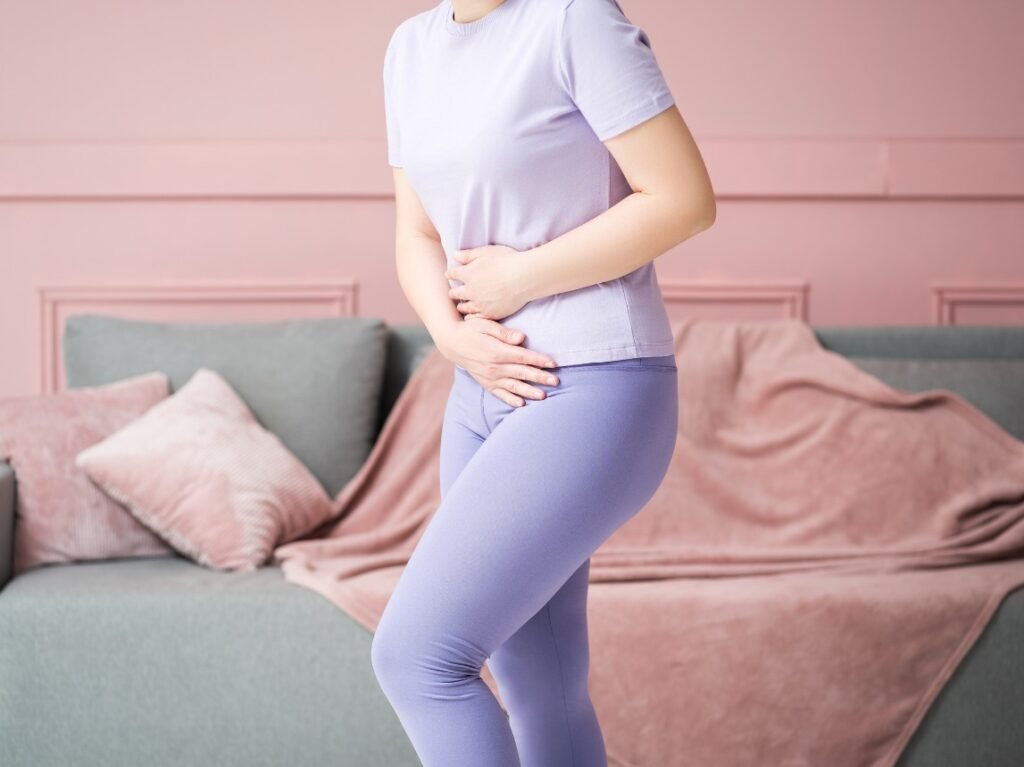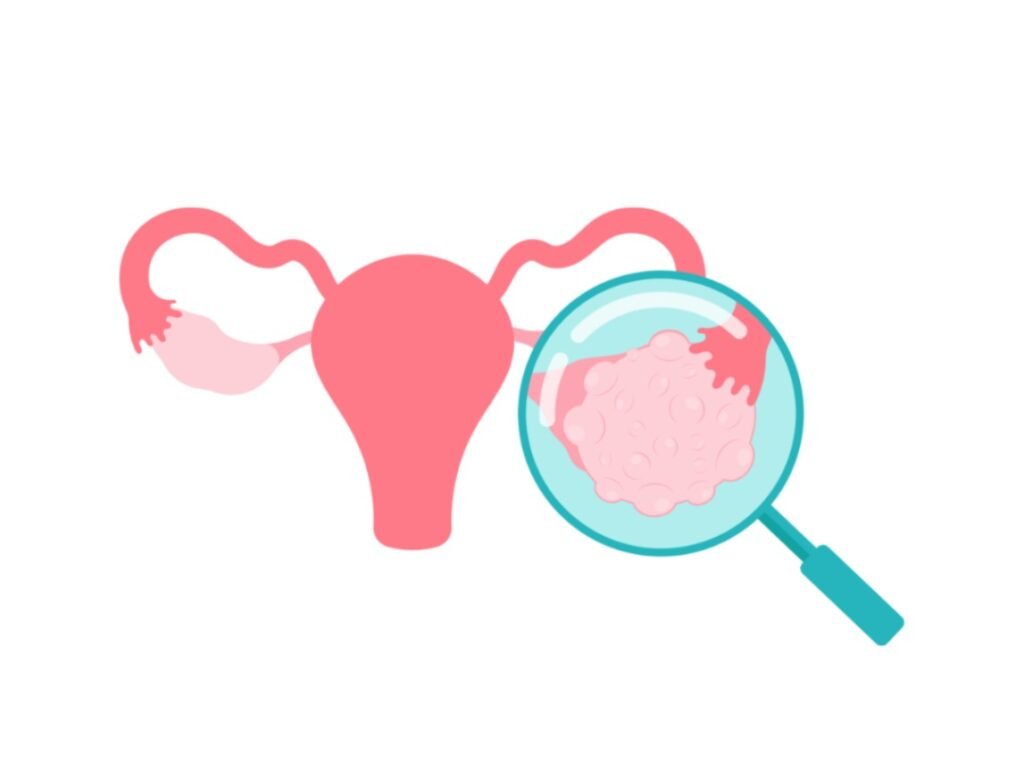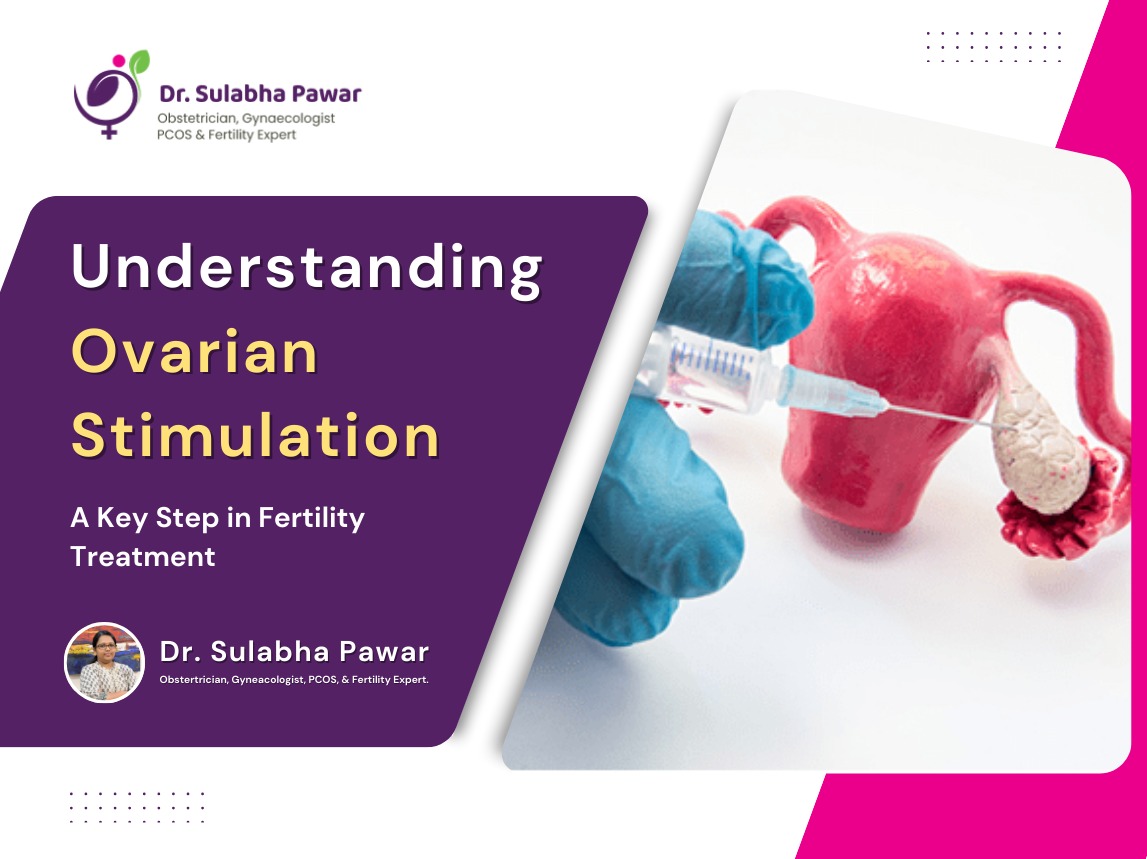A Key Step in Fertility Treatment
Ovarian stimulation is a common procedure used in fertility treatments, particularly in procedures like IVF (in vitro fertilization). It helps increase the chances of pregnancy by encouraging the ovaries to produce multiple eggs rather than the single egg that typically matures during a normal menstrual cycle. This process can be a game-changer for couples or individuals trying to conceive, as having more eggs improves the chances of success.
Why Is Ovarian Stimulation Needed?
In natural conception, a woman’s body usually releases one egg per cycle. While this is sufficient in many cases, some individuals might face challenges in getting pregnant. These challenges could be due to age, hormonal imbalances, or other medical reasons like low ovarian reserve (when the number of eggs in the ovaries is low, as seen in conditions like premature ovarian insufficiency). Ovarian stimulation helps overcome this limitation by encouraging the ovaries to produce several eggs at once, thereby increasing the chances of one (or more) eggs being fertilized.

How Does Ovarian Stimulation Work?
Ovarian stimulation typically involves taking hormone medications, which are prescribed by fertility specialists. These hormones mimic the body’s natural processes but at a higher intensity, stimulating the ovaries to mature more than one egg. Here’s a general breakdown of how it works:
- Hormonal Injections: The process usually starts with daily hormone injections, commonly gonadotropins. These hormones stimulate the ovaries directly to produce multiple eggs.
- Monitoring Progress: Throughout the process, your doctor will closely monitor how your ovaries are responding. This involves regular ultrasound scans and blood tests to track the growth of follicles (which contain the eggs).
- Trigger Shot: Once the follicles have grown to the desired size, a trigger shot is administered. This injection triggers the final maturation of the eggs and prepares them for retrieval.
Egg Retrieval: About 36 hours after the trigger shot, the eggs are retrieved in a simple outpatient procedure. These eggs are then used for fertilization, either through IVF or another fertility treatment method.

Is Ovarian Stimulation Right for You?
Ovarian stimulation can be an effective part of fertility treatments for many women. However, it’s not suitable for everyone. Women with low ovarian reserve, for example, may not produce enough eggs even with stimulation, and it might take several rounds to achieve the desired outcome. For those in this situation, doctors may recommend additional treatments or modifications to improve the chances of success.
Potential Side Effects
While ovarian stimulation is generally safe, some women may experience mild side effects such as bloating, mood swings, or tenderness. In rare cases, a condition called Ovarian Hyperstimulation Syndrome (OHSS) may occur. OHSS causes the ovaries to swell and leak fluid into the abdomen, and although it’s uncommon, it requires immediate medical attention if symptoms like severe abdominal pain or rapid weight gain develop.

Conclusion: A Path to Parenthood
Ovarian stimulation is a vital component of many fertility treatments, offering hope to those struggling to conceive. It’s a well-established and commonly used process that, when done under the careful guidance of a fertility specialist, can significantly improve the chances of pregnancy. Every journey to parenthood is unique, and ovarian stimulation is just one of the many tools available to help individuals or couples achieve their dreams of starting or growing a family.




